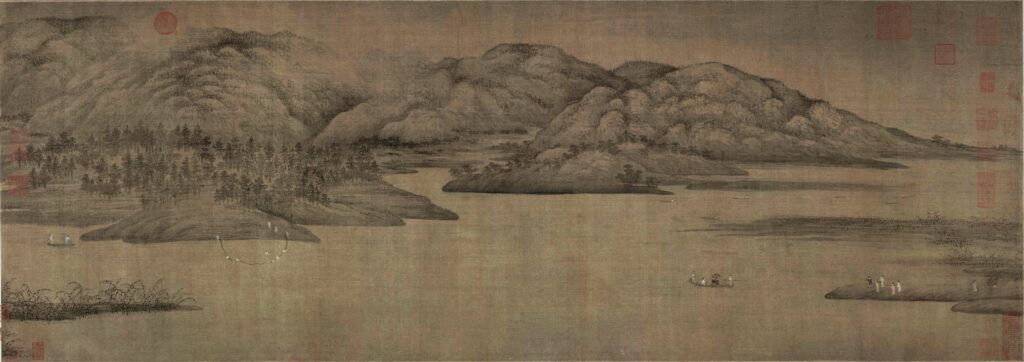In Feng Shui, water is considered a vital element, symbolizing wealth, abundance, and flow. The placement of water features is carefully considered in relation to a building to maximize positive energy, to plan the ideal Feng Shui site.
Qi is carried by water and/or wind, as Feng Shui literature teaches, and the fundamental point where to build is the Xue, the Nest, where abundant and harmonious Qi should be gathered and from where it should then flow slowly, after having originated a profitable exchange of creative energy. The Nest is therefore the ideal Feng Shui site for changes and transformations, where the circulation of water is propitious.
There are countless forms and examples of the ideal Feng Shui site in the Chinese tradition, for sure, but when it comes to practically translating into the real territory what has been seen and studied in theory, it is not so easy first of all to recognize the elements of the landscape and then to build a scenography with a new “piece” added that must fit perfectly into the rest of the “frame”.
How to do it?
Before entering the morphological analysis of the ideal Feng Shui site, one fundamental thing must be said, namely that there is no perfect place, let alone an ideal one, above all there is no single model to be repeated for everyone, even if there are some basic criteria that must be respected. Having said that, however, every being is unique and the site that is optimal for him should be unique.
Whatever the tastes and needs of the client, there are some fundamental aspects in the choice of the site that allow “a priori” to identify some important Feng Shui criteria for the design.
For example, the preferred environment could be characterized by the presence of water or not, and from this would derive a series of very different considerations. Here is an initial scheme of natural morphologies/landscapes linked to the presence or absence of water.
- With prevalent water a) Sea b) Lake c) River d) Minor formations (streams, ponds, fountains, artificial bodies of water, etc.)
- Without prevalent water a) Plain b) Hill c) Mountain
Furthermore, we can still distinguish whether the project involves the insertion of the new house in a more or less urbanized system (city, town, village, hamlet, etc.).
The screen with respect to natural directions that bring a certain type of Qi can be constituted by a natural element (wood) or artificial (row of houses), however, it should be taken into account that such a screen can be positive in the case of a Sha Qi (for example, channeled cold wind) or negative in the case of a Sheng Qi (favorable view).
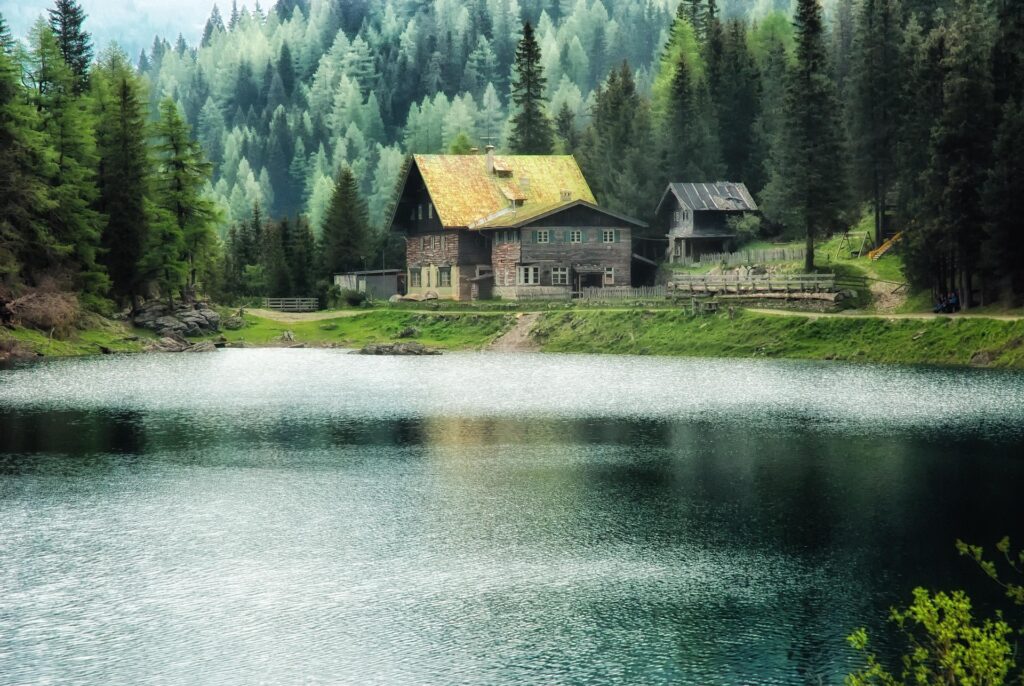
Another important factor to consider is the distance from water, bearing in mind that an environment characterized by a dominant marine, lake or river landscape gives all the surrounding elements a very strong Yin Water imprint, which must be taken into account in the analysis of the Qi that will circulate in the new home.
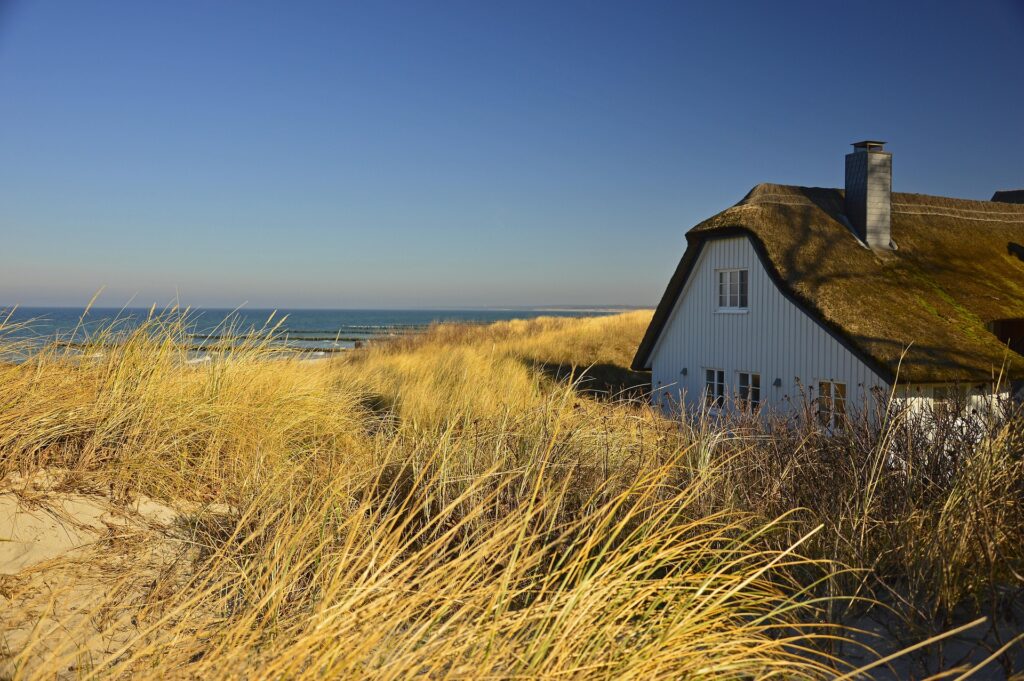
According to Fengshui principles and common sense, the more important the presence of water, especially moving water, the greater the distance of the site should be. How much according to Fengshui? This is a difficult question to answer, as by definition Qi cannot be quantified numerically.
The current regulatory criteria that impose mandatory buffer zones are already a binding reference that requires keeping away from watercourses, lakes and seas.
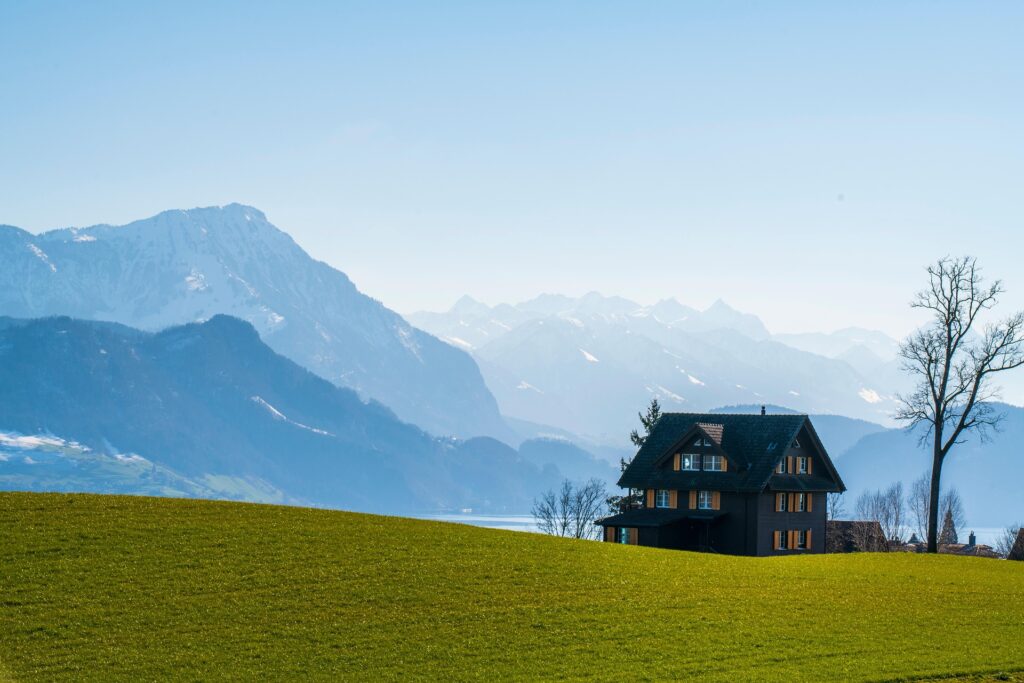
However, another important aspect must be considered in addition to the distance from the water: as the word Fengshui reminds us, which means WindWater, we must also consider the air, so if the “location” is close to the water, there may be imposing masses of humid air coming from the water body in question that are conveyed in the direction of the hypothetical site.
In this case, a potential Sha Qi is evident, which can heavily influence the choice.
Then there are all the cases of “minor” waters, both natural (streams, brooks, ponds) and artificial (swimming pools, fountains, basins, canals, etc.), which should not be neglected at all. In fact, even just a poorly designed swimming pool in terms of its position around a house can be disastrous, or, in any case, significantly affect the circulation of Qi in a site.
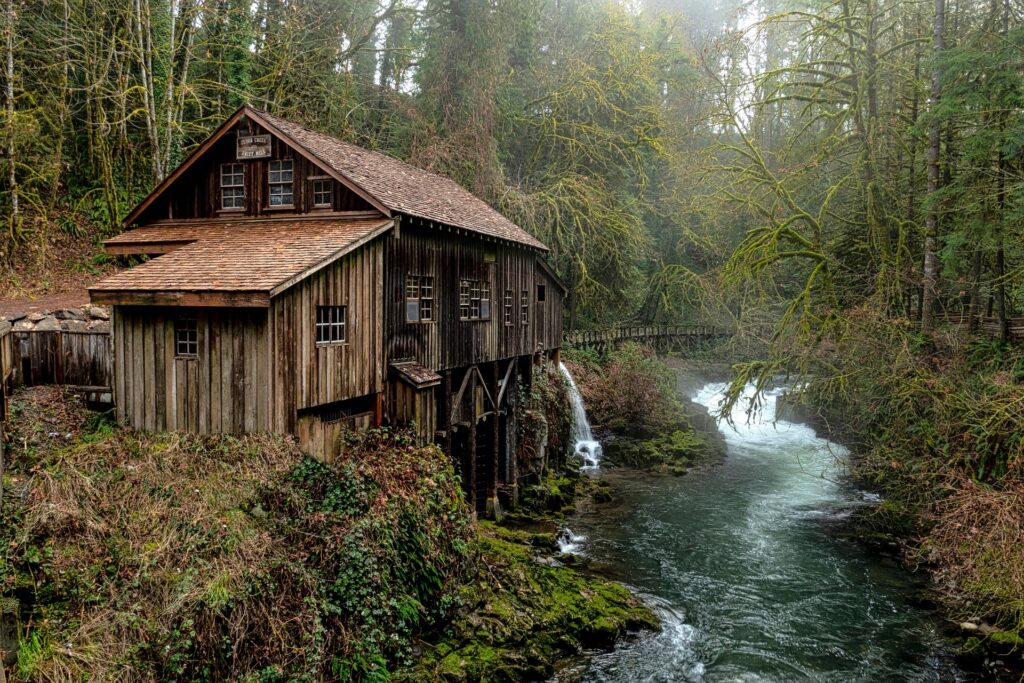
In conclusion, how do we express a judgment on morphologies with a prevailing water landscape?
As often stated in literature, water is traditionally a bearer of life, wealth, and abundance, but as is equally well known, it can be considered a double-edged sword. Therefore, it should be treated with great caution and, in doubtful cases, avoided.
Whatever the morphology under consideration, the potential danger of the water mass if in motion should be considered, and therefore situations in which the water is predominantly “tranquil” are usually preferred, neither too still nor, of course, too agitated: the right balance for the ideal Feng Shui site.
